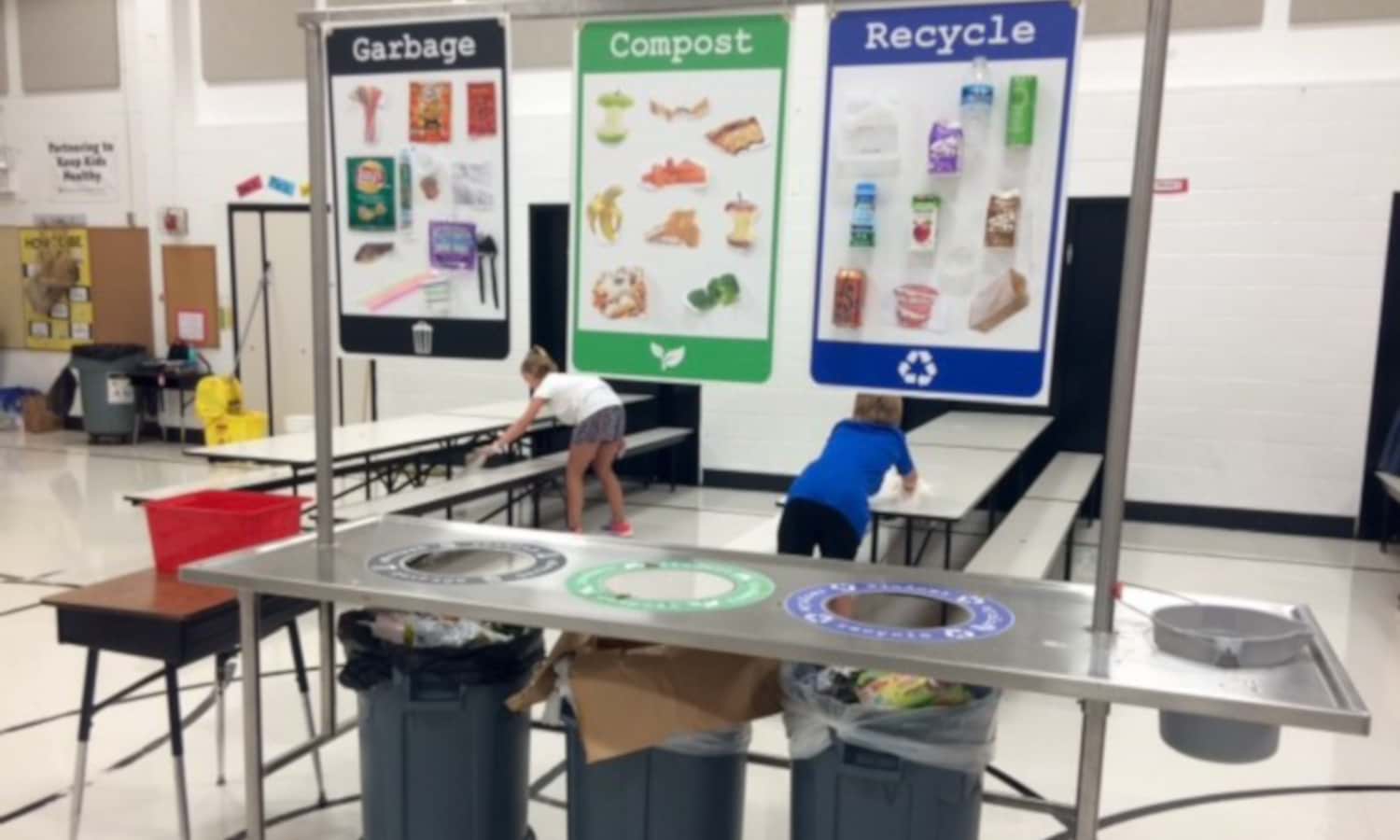Photo courtesy of Renee Blue & Jennifer Kainz of Mindful Waste.
Illinois is helping lead the way in reducing food waste, demonstrating what can be achieved once different organizations from opposite ends of the food value chain collaborate. In 2016, the Wasted Food Solutions Task Force was created, bridging the silos between a variety of organizations involved in food recovery. Vanessa Reese, the Program Manager at Fresh Taste—one of the several organizations that co-convened the task force—tells Food Tank how the Wasted Food Solutions Task Force is developing a cohesive action plan to make Illinois a leader in reducing waste while also creating open source projects that can be replicated in other cities.
“Often, the two ends of the value chain were having similar conversations, but separately. Convening an exploratory meeting to learn about each other’s works, successes, and obstacles sparked the development of the WFS task force and is a simple first step that everyone can take,” Reese tells Food Tank. Everyone involved in the Wasted Food Solutions Task Force is dedicated to the common goals of reducing food waste, hunger, and recycling food into compost for healthy soil.
One collaborative project—asset mapping—brings together farmers, composters, and organizations serving people in need to address wasted food in all areas of the EPA Food Recovery Hierarchy. The mapping will connect the sources of the wasted food directly to organizations who can use it.
Reese explains to Food Tank that “the biggest obstacle to the work of wasted food is identifying the local assets and gaps and then connecting the dots to help solve the problem.” For 2019, asset-mapping plans to resolve this issue. Meetings have become a valuable platform to help groups come together to brainstorm solutions. At the bi-monthly meetings, collaborative and honest conversation allows new breakthroughs to emerge in projects. Reese says, “everyone involved with the task force joined because they are committed to solving a problem related to wasted food, whether that is hunger relief, increasing market demand for compost, decreasing landfill materials, or building healthy soils.”
The issues that the Wasted Food Solutions Task Force is setting out to combat are not unique to Chicago. Their initiatives are designed to be scalable and adapted to any city, as long as strong, dedicated partnerships are leading the projects forward. Reese emphasizes one example to Food Tank, the School Wasted Food Reduction Tool Kit, which “will be available online and in print and can be adapted to schools of all sizes and locations, from rural to urban, from small to large, and from public to private.” Encouraging other cities, she explains, “every collaborative project is built on trust that is grounded in the relationships among members, regardless of the city you live in.”
The Wasted Food Solutions Task Force will be seeking funding for new projects, expanding existing projects, and strategically growing to involve more organizations and individuals who are dedicated to finding a solution for wasted food. When asked how the Wasted Food Solutions Task Force works to stay relevant, Reese exclaims, “we can only dream of the day when the problem of wasted food is solved, and the task force’s work is irrelevant!”













